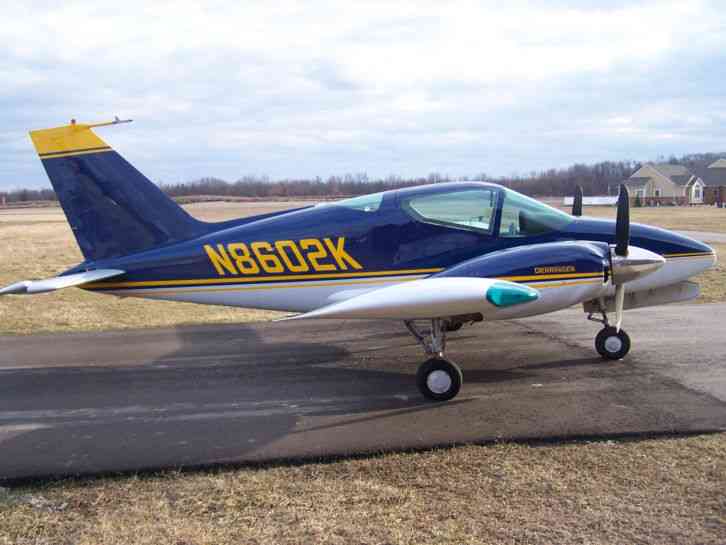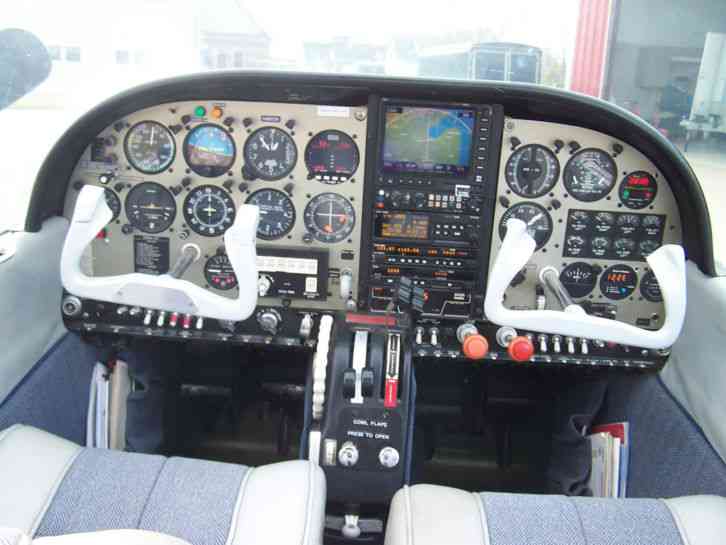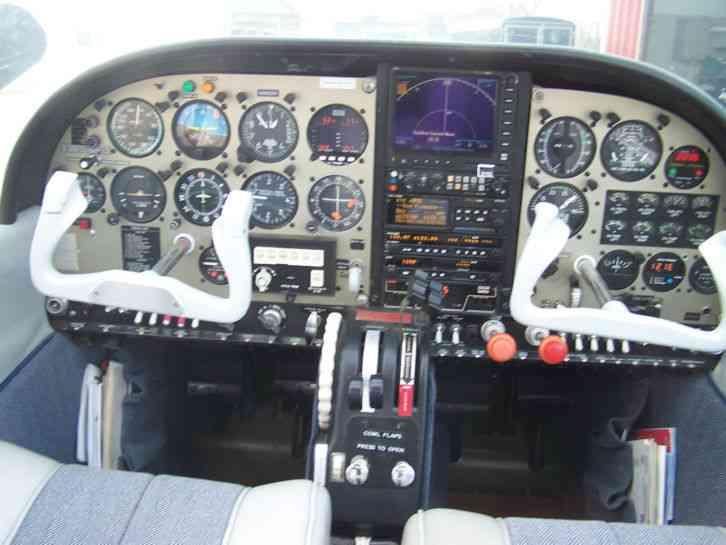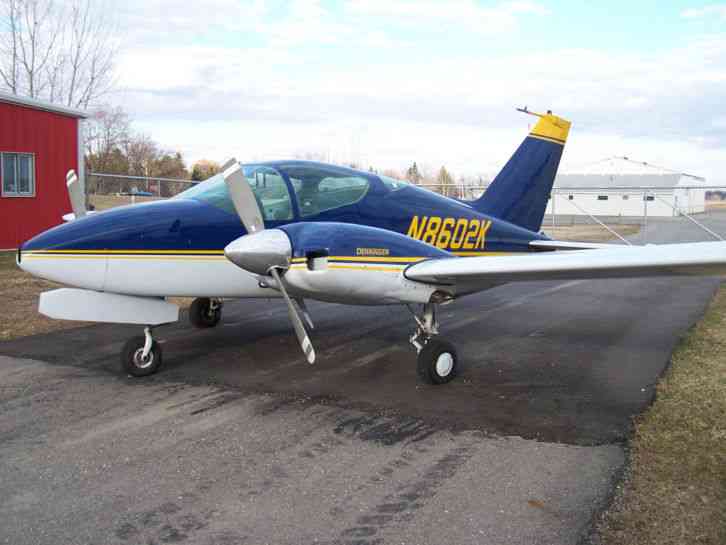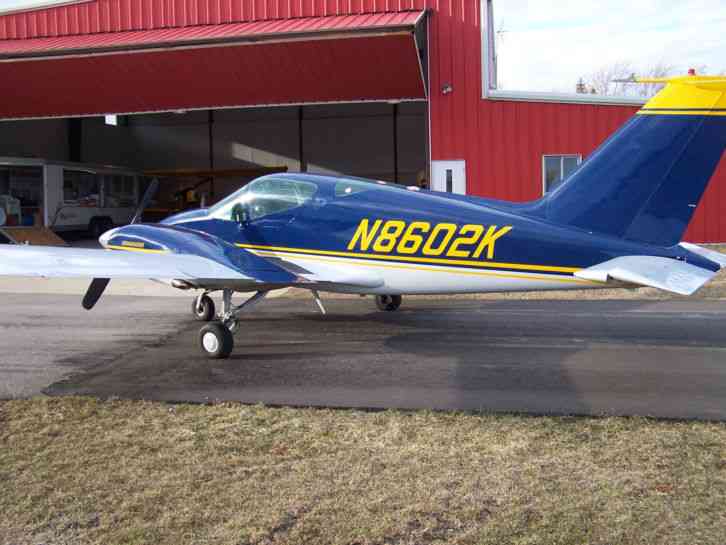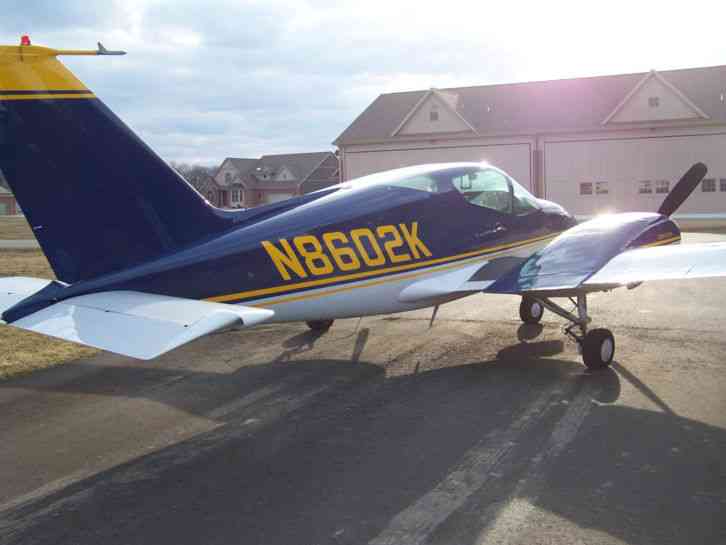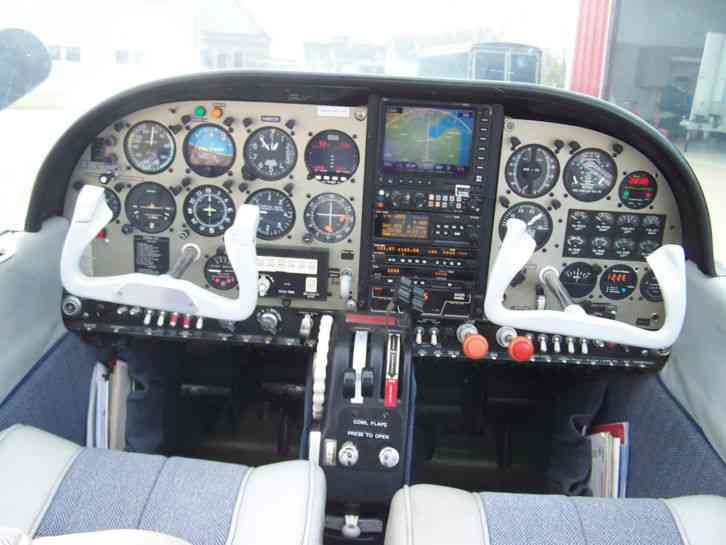Wing 1984 Here s current info about the Derringer:Year 1984Serial number 010Registration N8602KTotal.
Item specifics
| Condition: | Used | Make: | Wing |
| Model Year: | 1984 |
Year -1984Serial number -010Registration- N8602K
Total time airframe and engines -1040
Equipment:
IO-320 B1C fuel injected engines, 160 hp, TBO 2000 hrs-High speed starters-Oil filter upgrade-Engine heater on LH engine-Constant speed props (Hartzell)
UPS (Garmin) AT avionics-MX-20 MFD with Jeppeson Chartview-GX-55 Nav-comm-GX-60 IFR certified NAV/COM-SL-70 TRANSPONDER W/ ENCODER-SL-10M AUDIO PANEL
WSI (SIRIUS) SATELLITE WEATHER SYSTEMCLARITY ADS-B receiver
INSIGHT DUAL ENGINE MONITOR W/ HP 200 LX COMPUTER LINK
BRITTAIN 5C 2 AXIS AUTOPILOT w/ alt. hold
HOSKINS FUEL COMPUTER
VOICE RECORDER CLOCK
C&S HEATER (not subject to Janitrol recurrent AD)
ELECTRIC INFLATABLE CANOPY SEAL (AD complied with)
Specifications:
Wingspan 29.1 ft,Wing area 121 sq. ft.Length 23 ft.Height 8 ft.Max T.O. weight 3050 lb.Empty weight 2100 lb.Useful load 850 lb.Payload- full fuel 346 lb.Fuel capacity - 88 gal.
Performance
Max speed S/L 238 mphCruise speed 75% power 8,000 ft 227 mphRate of Climb S/L 1900 fpmService ceiling 21,500 ft.Stall speed, gear/flaps out 72 mphTake off distance 1080 ft.Landing distance over 50’ obstacle 1,700 ft.
Single engine ROC at S/L - 500 fpm
This aircraft was one of the last fully completed aircraft produced by Wing Aircraft. It was originally owned by an Australian businessman who planned a trans-Pacific ferry flight. He apparently got cold feet, and left the plane in California for several years, until transferring it to a broker in Florida. I bought it twelve years ago from that broker, and it has been my personal plane since then. I upgraded the avionics and autopilot, put in a new interior, and had the aircraft painted eight years ago. It has always been stored in my private heated hangar, and always had the best of care.
The plane is still plumbed for ferry tanks, and went through the process of special certification to carry an extra 70 gallons of fuel for trans-ocean ferry flights. The assets of the Wing company are now owned by an Australian company; they are rumored to have rooms full of spare parts. I have a small collection of hard-to-find spares. I also have a parts manual and original pilot"s handbooks.
Most of the running gear for the Derringer is borrowed or adapted from other aircraft (for example, the wheels and brakes are stock Cessna parts, the Lycoming engines and accessories are standard, things like voltage regulators and instruments are readily available.)
The aircraft suffered minor damage ten years ago. The nose gear scissor bolt fractured, but the damage was invisible. On takeoff, the bolt failed and allowed the nose wheel and lower strut to fall from the aircraft, but no one on the ground saw it happen, so I was unaware of the problem until I landed, and the aircraft settled on the nose gear upper strut, allowing the props to strike the runway. As a result, the engines were torn down and inspected, and both propellers were completely replaced. There was no damage to the engines, but we elected to replace all the bottom end bearings, crankshaft gear bolts, etc. Basically it was like doing a major, so the actual time on the engines and props is about 450 hours. The only damage to the airframe was to the nose gear door, which was replaced with new.
The Derringer carries two people and all their luggage at 200+ mph while burning 15 gph. It is a delight to fly, and turns heads wherever it goes. Because it is a sports car of an airplane, it is nimble and easily handled on the ground by one person. The design of the airframe, like that of modern biz jets, is based on chemical milling of the skins and matched hole tooling. In other words, each skin panel starts out a uniform thickness, but is then chemically etched to leave full thickness material where needed for strength, while removing unnecessary thickness in other areas. The entire airframe is zinc chromated; each piece, no matter how small, is treated before assembly. Wing and fuselage skins have no overlapping edges and fit perfectly together. All rivets are flush.
Current date: 2015-11-03
